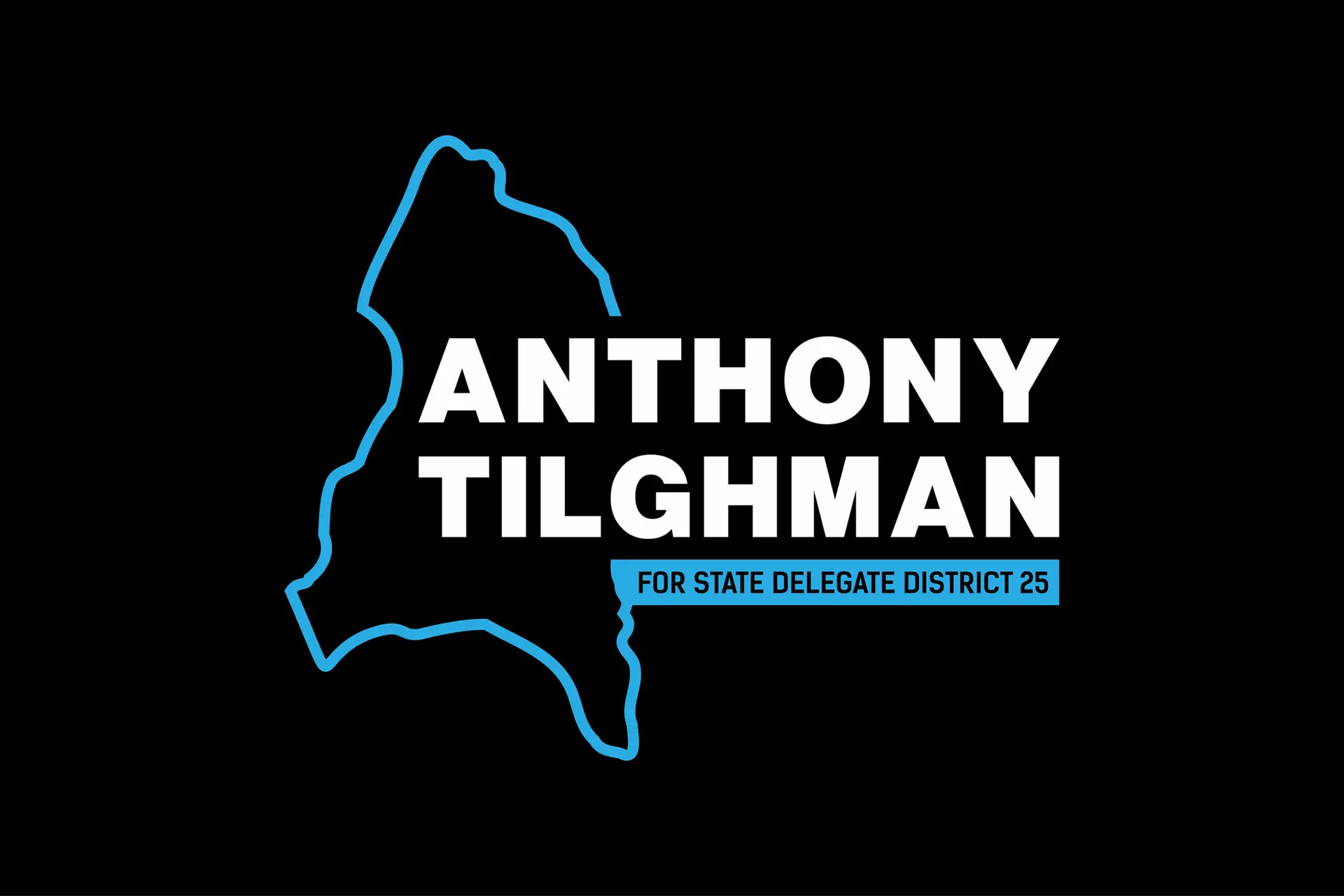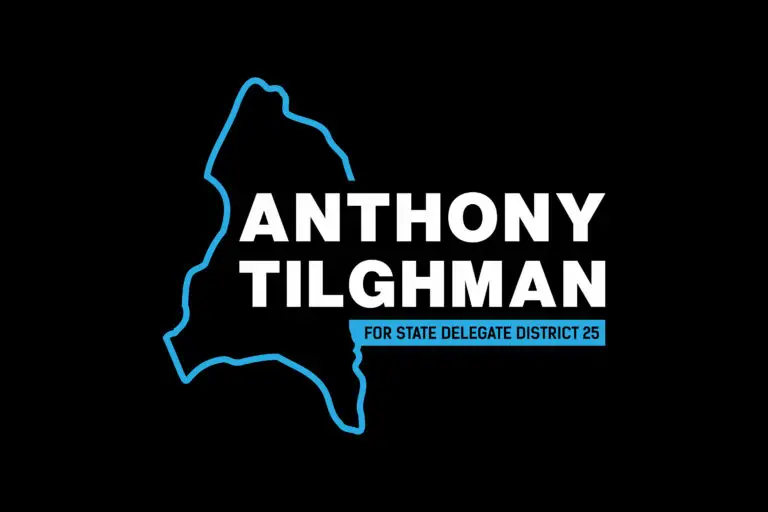One of my top priorities is ensuring every student has the tools to succeed. That’s why I created the Student Assessment & Support Action Plan (SAP) for Reading Comprehension—a data-driven approach designed to help students develop strong reading skills from elementary school through high school.
🔍 Why This Matters
Early intervention and consistent progress tracking are key to lifelong academic success. I’ve already implemented parts of this plan in my Kids Read program at Spaulding Library, and the results have been promising! Now, I want to expand and refine it within our school system.
📖 How SAP Works:
✅ Early Identification (K-3) – Detects reading challenges early using assessments like KRA & DIBELS.
✅ Targeted Support (4-5) – Strengthens comprehension skills through structured literacy programs.
✅ Middle School Development (6-8) – Focuses on critical thinking, real-world applications, and reading comprehension in all subjects.
✅ High School Proficiency (9-12) – Prepares students for college, careers, and workforce literacy.
💡 What Sets SAP Apart?
• AI-Based Intervention Tracking 📊
• Parent & Educator Dashboards 🏫
• Personalized Literacy Plans for Each Student ✍️
• Final Literacy Proficiency Report Upon Graduation 🎓
By implementing a comprehensive, data-driven support system, we can ensure that every student, regardless of background, has the opportunity to excel.
Here’s The Breakdown!
A Comprehensive K-12 Growth Tracking & Intervention Plan
Objective
To identify, support, and track students with reading comprehension challenges from elementary school through high school, ensuring continuous improvement through targeted interventions, personalized learning plans, and measurable progress monitoring.
Phase 1: Early Identification & Assessment (Grades K-3)
Goal: Detect reading comprehension difficulties early and implement foundational interventions.
🔍 Assessment Tools:
• Kindergarten Readiness Assessment (KRA)
• DIBELS (Dynamic Indicators of Basic Early Literacy Skills)
• MAP Growth Reading Assessments
• Teacher observations & running records
📌 Interventions:
• Small-group phonics and comprehension instruction
• One-on-one reading support with a literacy specialist
• Interactive read-aloud sessions & guided discussions
• Parent engagement workshops for at-home literacy support
📊 Tracking Growth:
• Individual Reading Growth Portfolio (RGP) created for each student
• Digital tracking system to monitor progress from K-3
Phase 2: Targeted Support & Structured Literacy (Grades 4-5)
Goal: Strengthen comprehension skills and build reading confidence through structured literacy strategies.
🔍 Assessment Tools:
• i-Ready Reading Diagnostic
• State Reading Assessments
• Comprehension quizzes & fluency checks
📌 Interventions:
• Explicit instruction in vocabulary development, main idea identification, and summarization
• Leveled reading groups with structured discussions
• Increased access to audio-assisted reading tools
• Cross-curricular literacy integration (Science, Social Studies, etc.)
📊 Tracking Growth:
• Quarterly progress reports with recommendations
• Adjustments to student’s Personalized Literacy Plan (PLP)
Phase 3: Middle School Literacy Development (Grades 6-8)
Goal: Apply comprehension skills to more complex texts and support academic success in all subjects.
🔍 Assessment Tools:
• PSAT 8/9 Reading Subtest
• Lexile Level Assessments
• Classroom-based comprehension assignments
📌 Interventions:
• Close reading strategies for understanding informational and literary texts
• Collaborative discussions & project-based learning
• Peer tutoring & writing-based comprehension exercises
• Increased exposure to real-world texts (news articles, essays, historical documents)
📊 Tracking Growth:
• Annual literacy growth reports following students through each grade
• Parent-teacher conferences to discuss intervention adjustments
Phase 4: High School Reading Proficiency & College/Career Readiness (Grades 9-12)
Goal: Ensure students can comprehend and analyze advanced texts required for success in college and careers.
🔍 Assessment Tools:
• PSAT/SAT/ACT Reading Scores
• State Standardized Reading Assessments
• AP English Language & Literature Performance (if applicable)
📌 Interventions:
• Advanced literacy workshops focused on comprehension of complex materials
• SAT/ACT reading preparation courses
• Career-focused reading support (technical manuals, business reports, etc.)
• Support for struggling readers in dual enrollment or CTE programs
📊 Tracking Growth:
• Final Literacy Proficiency Report provided upon graduation
• Personalized recommendations for college readiness or workforce literacy support
Technology & Data Tracking
A longitudinal student reading profile will be maintained in a secure digital system, allowing educators and parents to monitor progress from elementary through high school.
✅ Data Dashboard for teachers & counselors
✅ Parent Portal for engagement & resources
✅ AI-based intervention tracking for personalized reading strategies
Conclusion
This Student Assessment & Support Action Plan (SAP) ensures students struggling with reading comprehension receive continuous, data-driven support from elementary school through high school. By tracking growth, personalizing interventions, and integrating literacy skills across subjects.


